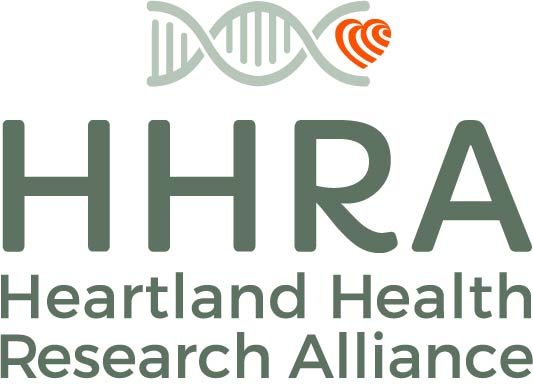Chiu, Y. H., Afeiche, M. C., Gaskins, a. J., Williams, P. L., Petrozza, J. C., Tanrikut, C., Hauser, R., & Chavarro, J. E.; “Fruit and vegetable intake and their pesticide residues in relation to semen quality among men from a fertility clinic;” Human Reproduction, 2015, 0, 1-10; DOI: 10.1093/humrep/dev064.
ABSTRACT:
STUDY QUESTION: Is consumption of fruits and vegetables with high levels of pesticide residues associated with lower semen quality?
Summary Answer: Consumption of fruits and vegetables with high levels of pesticide residues was associated with a lower total sperm count and a lower percentage of morphologically normal sperm among men presenting to a fertility clinic.
WHAT IS KNOWN ALREADY: Occupational and environmental exposure to pesticides is associated with lower semen quality. Whether the same is true for exposure through diet is unknown.
STUDY DESIGN, SIZE, DURATION: Men enrolled in the Environment and Reproductive Health (EARTH) Study, an ongoing prospective cohort at an academic medical fertility center. Male partners (n = 155) in subfertile couples provided 338 semen samples during 2007–2012.
PARTICIPANTS/MATERIALS, SETTING, METHODS: Semen samples were collected over an 18-month period following diet assessment. Sperm concentration and motility were evaluated by computer-aided semen analysis (CASA). Fruits and vegetables were categorized as containing high or low-to-moderate pesticide residues based on data from the annual United States Department of Agriculture Pesticide Data Program. Linear mixed models were used to analyze the association of fruit and vegetable intake with sperm parameters accounting for within-person correlations across repeat samples while adjusting for potential confounders.
MAIN RESULTS AND ROLE OF CHANCE: Total fruit and vegetable intake was unrelated to semen quality parameters. High pesticide residue fruit and vegetable intake, however, was associated with poorer semen quality. On average, men in highest quartile of high pesticide residue fruit and vegetable intake (≥1.5 servings/day) had 49% (95% confidence interval (CI): 31%, 63%) lower total sperm count and 32% (95% CI: 7%, 58%) lower percentage of morphologically normal sperm than men in the lowest quartile of intake (,0.5 servings/day) (P, trend ¼ 0.003 and 0.02, respectively). Low-to-moderate pesticide residue fruit and vegetable intake was associated with a higher percentage of morphologically normal sperm (P, trend ¼ 0.04).
LIMITATIONS, REASONS FOR CAUTION: Surveillance data, rather than individual pesticide assessment,was used to assess the pesticide residue status of fruits and vegetables. CASA is a useful method for clinical evaluation but may be considered less favorable for accurate semen analysis in the research setting. Owing to the observational nature of the study, confirmation is required by interventional studies as well.
WIDER IMPLICATIONS OF THE FINDINGS: To our knowledge, this is the first report on the consumption of fruits and vegetables with high levels of pesticide residue in relation to semen quality. Further confirmation of these findings is warranted.
FULL TEXT
